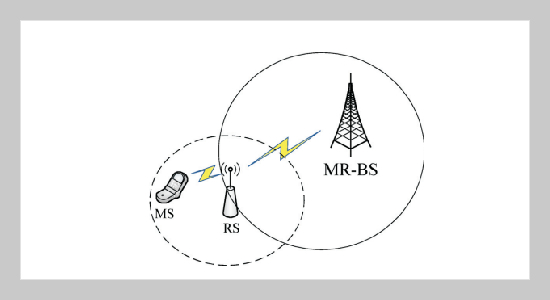Kuo-Chih Chu This email address is being protected from spambots. You need JavaScript enabled to view it.1 and Tzu-Chi Huang1 1Department of Electronic Engineering, Lunghwa University of Science and Technology, Taoyuan, Taiwan 333, R.O.C.
Received:
January 8, 2010
Accepted:
February 25, 2010
Publication Date:
March 1, 2010
Download Citation:
||https://doi.org/10.6180/jase.2010.13.1.08
IEEE 802.16e has been deployed widely in the world. However, using IEEE 802.16e in a metropolis may suffer the shadow-of-building problem that prevents a Mobile Station (MS) from receiving signals of a Base Station (BS). Accordingly, IEEE 802.16j is proposed to resolve the shadow-of-building problem with a Relay Station (RS) to both overcome the coverage-hole problem and extend the signal coverage range of a BS. Since MSs use IEEE 802.16j to contend for bandwidth before transmitting data, they incur the collision when sending the bandwidth requests simultaneously. The collisions will delay data transmission time and make a negative impact on the performance. In this paper, we propose the Consecutive Bandwidth Request Scheme (CBRS) to avoid the collisions in IEEE 802.16j. The CBRS allows the MS to transmit multiple Ranging Codes in order to increase the probability of gaining bandwidth in the bandwidth contention when making the bandwidth request. The simulation results show that the CBRS can greatly increase throughput, decrease bandwidth contention times, and shorten data transmission time.ABSTRACT
Keywords:
IEEE802.16j, Bandwidth Request Scheme, Multi-Hop Relaying, WiMAX
REFERENCES
















